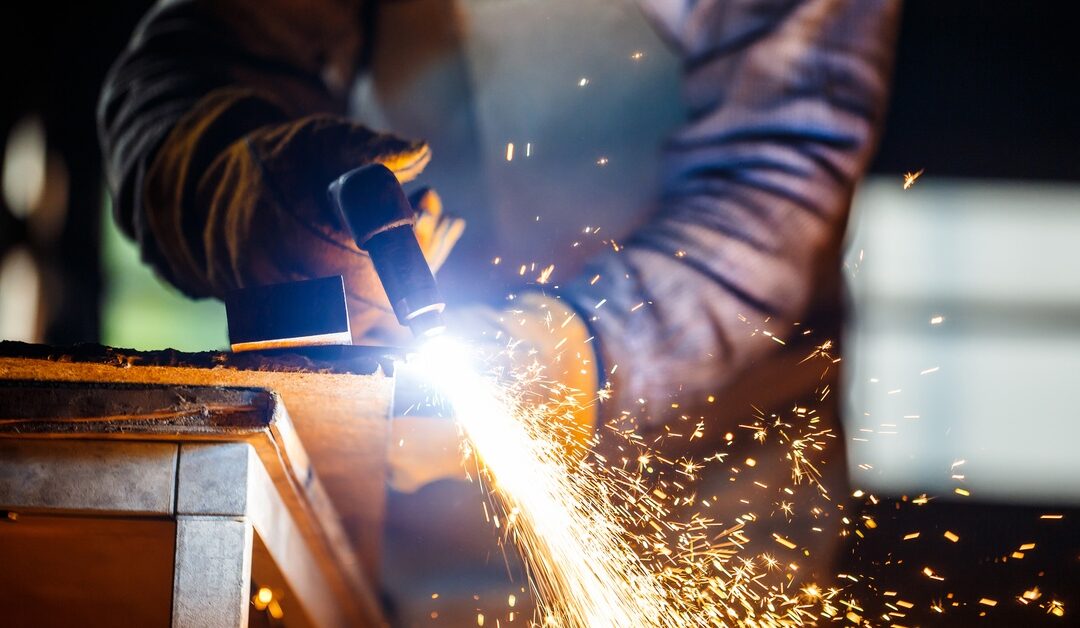The methods for cutting metal are based on material type, thickness, and project requirements. Thermal and mechanical cutting processes are two distinct approaches that meet various production demands in unique ways. Below, we’ll explore their techniques and implications for manufacturing.
Differences Between Thermal and Mechanical Cutting
Thermal cutting uses heat to separate materials. For example, QQC 465 requires plasma cutting because of its ability to handle tougher alloys.
Mechanical cutting processes remove material using mechanical force rather than heat. Because of the physical force applied, mechanical cutting works well when heat distortion is a concern.
Oxy-Fuel Cutting
Oxy-fuel cutting is a thermal process widely used for thicker metal sheets like carbon steel. This method heats metal to its ignition point with an oxygen and fuel gas combination before introducing a pure oxygen stream to facilitate combustion.
The process creates clean cuts that are ideal for preparing metal for structural applications. However, it can struggle with nonferrous materials like aluminum or stainless steel.
Plasma Cutting
Plasma cutting is another thermal method and relies on ionized gas (plasma) to cut electrically conductive metals such as aluminum, steel, and copper. This process is highly efficient for intricate shapes and thinner materials, delivering fast results with smooth edge finishes.
Plasma cutting’s versatility allows it to be applied in automotive and aerospace, for example. Paired with advanced equipment like CNC machines, it achieves excellent precision.
Laser Cutting
Laser cutting is a thermal technique favored for delicate, precise projects with tight tolerance levels. A high-powered laser beam focused on a small area makes cutting metals like stainless steel or aluminum more accurate. This process is effective when dealing with custom designs or prototypes, but may not suit thicker metals in high volumes.
Saw Cutting
Saw cutting is a common mechanical option, often using band saws or circular saws to create straight cuts across various metal types. This method is perfect for projects requiring a fast and straightforward approach, although there may be limitations in handling extremely intricate or curved cuts.
Shearing
Shearing is another mechanical option ideal for producing straight cuts on thin sheets of metal. Using blades to exert force across the sheet’s width, this technique creates sharp edges efficiently. It’s highly effective for producing uniform parts on a large scale, like manufacturing panels or structural components.
When considering thermal and mechanical cutting processes, it’s crucial to weigh factors like material properties, precision needs, and production efficiency. Wieland Diversified provides expertise in implementing procedures best suited for manufacturing.
Choosing the Right Cutting Approach
Thermal and mechanical cutting processes each bring unique advantages to metal fabrication. Selecting the best technique depends on your material and outcome requirements. Contact Wieland Diversified to evaluate your needs thoroughly and find the right processes that will help achieve high-quality, reliable results in your operations.

